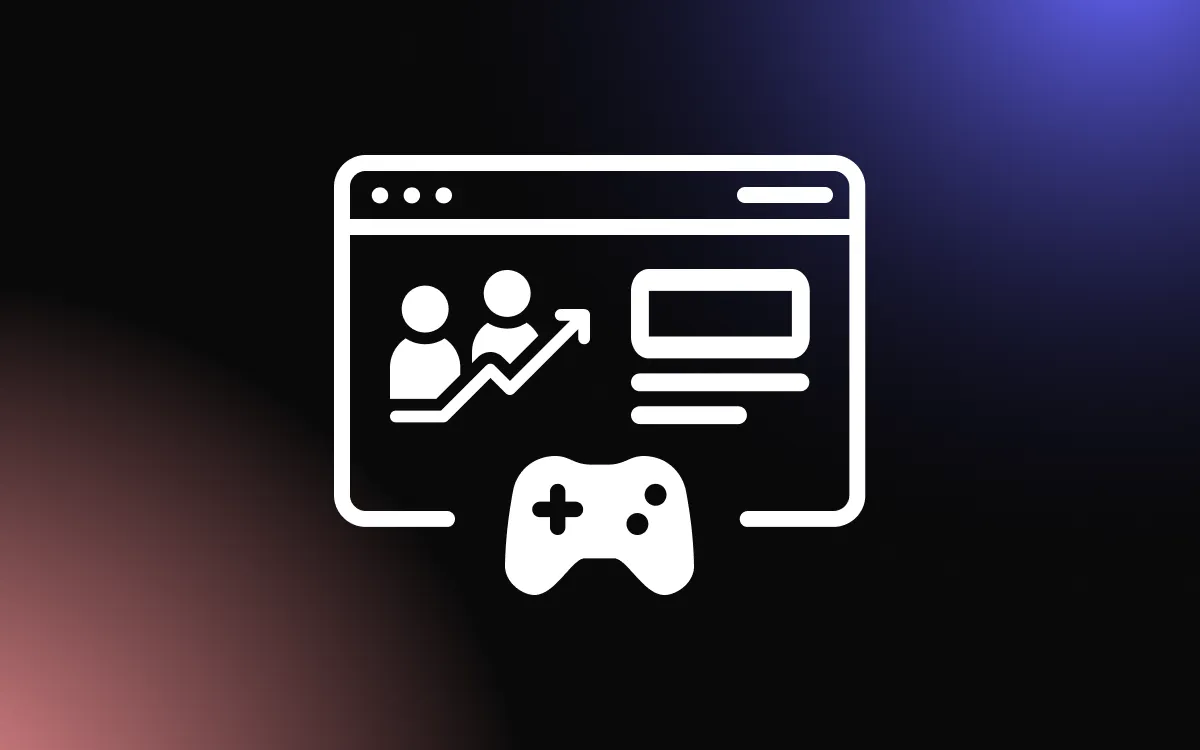
Customer Feedback Management Software
Customer feedback management software is designed to collect and manage feedback from multiple channels in one place.
Tools like Uservoice and Medallia allow you to collect feedback from your website, email, social media, and more, and organize it in a centralized dashboard.
These tools often include features for tagging and categorizing feedback, tracking trends over time, and even responding to feedback directly.
Social Media Monitoring Tools
Social media is a rich source of customer feedback, and social media monitoring tools can help you tap into this resource.
Tools like Hootsuite, Sprout Social, and Brandwatch allow you to monitor mentions of your brand across various social media platforms, track sentiment, and respond to comments or messages.
These tools can help you stay on top of what customers are saying about your brand on social media, and respond in a timely manner.
Common Mistakes in Collecting and Utilizing Customer Feedback

Understanding your customers' experiences and opinions is crucial for any business. However, there are common pitfalls that can hinder the effectiveness of your customer feedback strategy. Here are three common mistakes and how to avoid them.
Asking the Wrong Questions
One of the most common mistakes in collecting customer feedback is asking the wrong questions. This could mean asking questions that are too vague, too complex, or irrelevant to your goals. The result is feedback that is difficult to interpret or doesn't provide the insights you need.
To avoid this, make sure your questions are clear, concise, and directly related to what you want to learn. For example, if you want to improve your product, ask specific questions about the product's features, usability, and areas for improvement.
Ignoring Negative Feedback
Negative feedback can be hard to hear, but it's often the most valuable. It can highlight areas of your business that need improvement, which you might not be aware of. Ignoring negative feedback means missing out on these insights.
Instead of disregarding negative feedback, see it as an opportunity to learn and improve. Respond to it in a constructive manner, thank the customer for their feedback, and take steps to address the issues they've raised.
Failing to Act on Feedback
Collecting customer feedback is only the first step. The real value comes from acting on that feedback. Failing to make changes based on customer feedback can lead to recurring problems and dissatisfied customers.
Once you've collected and analyzed your feedback, create an action plan to address the issues identified. This could involve making changes to your product, improving your customer service, or adjusting your marketing strategy. Remember to communicate these changes to your customers, so they know their feedback has been heard and valued.
The Impact of Effective Customer Feedback Management on Business Success

Effective customer feedback management is a powerful tool for any business. It can lead to significant improvements in various aspects of your business, ultimately contributing to your overall success. Here are three key areas where effective customer feedback management can make a difference.
Improved Product or Service Quality
One of the most direct impacts of effective customer feedback management is the enhancement of your product or service quality. Customers are the end-users of your product or service, and their feedback provides invaluable insights into how it can be improved.
By listening to their suggestions and complaints, you can identify areas for improvement and take action to enhance your offerings. This can lead to a better product or service that meets customer needs more effectively.
Enhanced Customer Satisfaction and Loyalty
When customers see that their feedback is taken seriously and leads to real changes, it can significantly improve their satisfaction and loyalty. Customers appreciate businesses that value their opinions and are willing to make improvements based on their feedback.
This can lead to increased customer retention, as satisfied customers are more likely to stay loyal to your brand. Moreover, loyal customers often become brand advocates, recommending your business to others and contributing to your reputation and growth.
Increased Business Growth
Ultimately, effective customer feedback management can contribute to your business growth. By improving your product or service quality and enhancing customer satisfaction, you can attract more customers, retain existing ones, and increase your sales.
Furthermore, the insights gained from customer feedback can guide your business strategy, helping you make informed decisions that drive growth.
Conclusion
In conclusion, collecting and utilizing customer feedback is a critical aspect of business that can drive product improvement, enhance customer satisfaction, and foster innovation. It's about listening to your customers, understanding their needs and expectations, and using these insights to make informed business decisions.
Remember, every piece of customer feedback, whether positive or negative, is a stepping stone towards improvement. With the insights and strategies shared in this article, you're now well-equipped to collect and utilize customer feedback effectively. So, let's put these insights into action and create a business that not only meets but exceeds customer expectations.
Customer Feedback Management Software
Customer feedback management software is designed to collect and manage feedback from multiple channels in one place.
Tools like Uservoice and Medallia allow you to collect feedback from your website, email, social media, and more, and organize it in a centralized dashboard.
These tools often include features for tagging and categorizing feedback, tracking trends over time, and even responding to feedback directly.
Social Media Monitoring Tools
Social media is a rich source of customer feedback, and social media monitoring tools can help you tap into this resource.
Tools like Hootsuite, Sprout Social, and Brandwatch allow you to monitor mentions of your brand across various social media platforms, track sentiment, and respond to comments or messages.
These tools can help you stay on top of what customers are saying about your brand on social media, and respond in a timely manner.
Common Mistakes in Collecting and Utilizing Customer Feedback

Understanding your customers' experiences and opinions is crucial for any business. However, there are common pitfalls that can hinder the effectiveness of your customer feedback strategy. Here are three common mistakes and how to avoid them.
Asking the Wrong Questions
One of the most common mistakes in collecting customer feedback is asking the wrong questions. This could mean asking questions that are too vague, too complex, or irrelevant to your goals. The result is feedback that is difficult to interpret or doesn't provide the insights you need.
To avoid this, make sure your questions are clear, concise, and directly related to what you want to learn. For example, if you want to improve your product, ask specific questions about the product's features, usability, and areas for improvement.
Ignoring Negative Feedback
Negative feedback can be hard to hear, but it's often the most valuable. It can highlight areas of your business that need improvement, which you might not be aware of. Ignoring negative feedback means missing out on these insights.
Instead of disregarding negative feedback, see it as an opportunity to learn and improve. Respond to it in a constructive manner, thank the customer for their feedback, and take steps to address the issues they've raised.
Failing to Act on Feedback
Collecting customer feedback is only the first step. The real value comes from acting on that feedback. Failing to make changes based on customer feedback can lead to recurring problems and dissatisfied customers.
Once you've collected and analyzed your feedback, create an action plan to address the issues identified. This could involve making changes to your product, improving your customer service, or adjusting your marketing strategy. Remember to communicate these changes to your customers, so they know their feedback has been heard and valued.
The Impact of Effective Customer Feedback Management on Business Success

Effective customer feedback management is a powerful tool for any business. It can lead to significant improvements in various aspects of your business, ultimately contributing to your overall success. Here are three key areas where effective customer feedback management can make a difference.
Improved Product or Service Quality
One of the most direct impacts of effective customer feedback management is the enhancement of your product or service quality. Customers are the end-users of your product or service, and their feedback provides invaluable insights into how it can be improved.
By listening to their suggestions and complaints, you can identify areas for improvement and take action to enhance your offerings. This can lead to a better product or service that meets customer needs more effectively.
Enhanced Customer Satisfaction and Loyalty
When customers see that their feedback is taken seriously and leads to real changes, it can significantly improve their satisfaction and loyalty. Customers appreciate businesses that value their opinions and are willing to make improvements based on their feedback.
This can lead to increased customer retention, as satisfied customers are more likely to stay loyal to your brand. Moreover, loyal customers often become brand advocates, recommending your business to others and contributing to your reputation and growth.
Increased Business Growth
Ultimately, effective customer feedback management can contribute to your business growth. By improving your product or service quality and enhancing customer satisfaction, you can attract more customers, retain existing ones, and increase your sales.
Furthermore, the insights gained from customer feedback can guide your business strategy, helping you make informed decisions that drive growth.
Conclusion
In conclusion, collecting and utilizing customer feedback is a critical aspect of business that can drive product improvement, enhance customer satisfaction, and foster innovation. It's about listening to your customers, understanding their needs and expectations, and using these insights to make informed business decisions.
Remember, every piece of customer feedback, whether positive or negative, is a stepping stone towards improvement. With the insights and strategies shared in this article, you're now well-equipped to collect and utilize customer feedback effectively. So, let's put these insights into action and create a business that not only meets but exceeds customer expectations.


